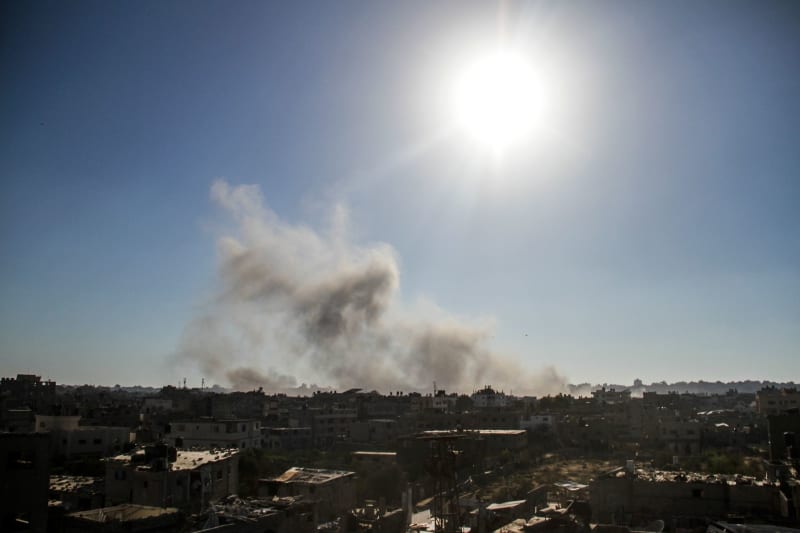In early September, the Israeli military executed an airstrike in a humanitarian zone within the Gaza Strip, resulting in significant casualties, including at least 19 fatalities and over 60 injuries. The Israeli military subsequently announced that Samer Abu Daqqa, the head of the aerial unit for the Islamist group Hamas, was among those killed. Abu Daqqa had been implicated in the assault on October 7, 2023, and was reportedly responsible for orchestrating the infiltration of Israeli territory using paragliders and drones. His leadership role came after the death of his predecessor at the hands of the Israeli military, highlighting the ongoing and violent skirmishes between Israeli forces and Hamas personnel.
The Israeli military’s claims regarding Abu Daqqa and the airstrike are difficult to verify independently, representing a common challenge in the chaotic landscape of the conflict. During the airstrike, Israeli officials stated the objective was to target high-ranking Hamas members located in a clandestine command center. However, they refrained from providing specific identities or details about the individuals involved, which has led to skepticism and varying interpretations within the region regarding the motives and implications of such military actions. This ambiguity often fuels the cycle of violence and distrust between the conflicting parties.
Separately, escalating violence in northern Gaza has seen at least 10 people lose their lives and around 40 more wounded when an Israeli attack struck a crowd queuing for food at a UN distribution site in Jabalia. Witnesses reported that the line, organized by the UN Relief and Works Agency for Palestine Refugees in the Near East (UNRWA), was hit by Israeli grenades, amplifying concerns over the targeting of vulnerable populations seeking humanitarian assistance. The Israeli military has indicated that it is investigating these claims, reflecting the ongoing complexities of military operations amidst civilian populations.
Moreover, violence continues to erupt in other areas, with Palestinian reports stating that at least 25 individuals were killed in other Israeli attacks on locations that included a former school and a hospital. The Israeli army justified these airstrikes by announcing they aimed at a Hamas command center purportedly hidden within these facilities. Such incidents raise critical questions regarding the conduct of warfare in densely populated areas, where civilian casualties are often unavoidably high, leading to international scrutiny of the actions taken by both sides in the conflict.
The cycle of retaliatory attacks underscores the deep-seated tensions between Israeli forces and Hamas militants. The specific case of Samer Abu Daqqa illustrates the broader strategic implications of targeting leadership figures within militant groups. The Israeli approach seeks to undermine operational capabilities by removing key individuals linked to organized assaults against Israel. However, the persistent collateral damage and civilian casualties complicate the narrative and often invoke international condemnation, further entrenching the conflict rather than facilitating resolution.
Ultimately, the humanitarian crisis in Gaza remains dire, as civilian populations bear the brunt of military confrontations that appear increasingly disconnected from the stated objectives of both sides. The ongoing cycle of airstrikes, retaliatory violence, and the toll on innocent lives highlight the urgent need for a renewed focus on diplomacy and peace-building efforts to address the root causes of the conflict. Both sides must navigate the complex realities on the ground to establish a sustainable path forward, prioritizing the protection of civilians and the cessation of hostilities to alleviate the suffering endured by the populations caught in this enduring conflict.

